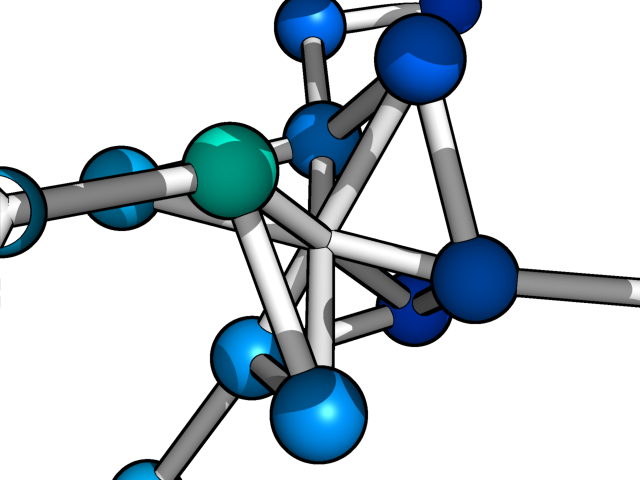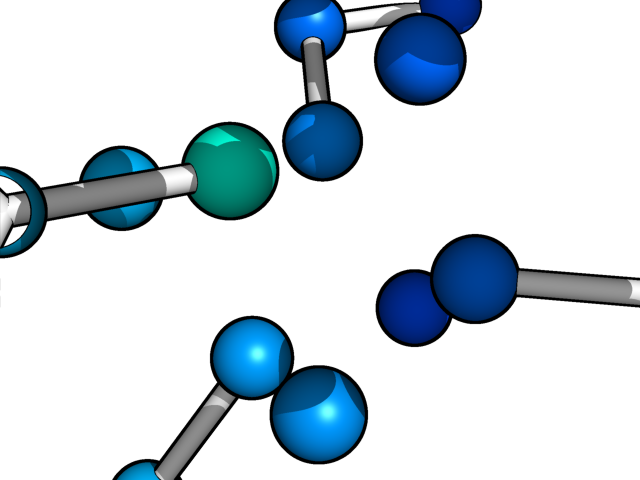Unbond: Difference between revisions
Jump to navigation
Jump to search
No edit summary |
No edit summary |
||
| Line 1: | Line 1: | ||
=DESCRIPTION= | |||
'''unbond''' removes all bonds between two selections. | '''unbond''' removes all bonds between two selections. | ||
<gallery> | |||
Image:Unbond1.png|Atoms bound normally, but not the representation we want. | |||
Image:Unbond2.png|Atoms unboud with the unbound command. | |||
</gallery> | |||
=USAGE= | |||
<source lang="python"> | |||
unbond atom1,atom2 | |||
</source> | |||
=PYMOL API= | |||
<source lang="python"> | <source lang="python"> | ||
cmd.unbond(selection atom1="(pk1)",selection atom2="(pk2)") | cmd.unbond(selection atom1="(pk1)",selection atom2="(pk2)") | ||
</source> | </source> | ||
===SEE ALSO | = Example = | ||
<source lang="python"> | |||
# remove all bonds in residue 999 to residue 999 | |||
# this command was used in the examples above in PDB ID 1ACO. | |||
unbond i. 999, i. 999 | |||
</source> | |||
=SEE ALSO= | |||
[[Bond]], [[Fuse]], [[Remove_picked]], [[Attach]], [[Detach]], [[Replace]] | [[Bond]], [[Fuse]], [[Remove_picked]], [[Attach]], [[Detach]], [[Replace]] | ||
[[Category:Commands|unbond]] | [[Category:Commands|unbond]] | ||
Revision as of 16:54, 11 September 2008
DESCRIPTION
unbond removes all bonds between two selections.
USAGE
unbond atom1,atom2
PYMOL API
cmd.unbond(selection atom1="(pk1)",selection atom2="(pk2)")
Example
# remove all bonds in residue 999 to residue 999
# this command was used in the examples above in PDB ID 1ACO.
unbond i. 999, i. 999

